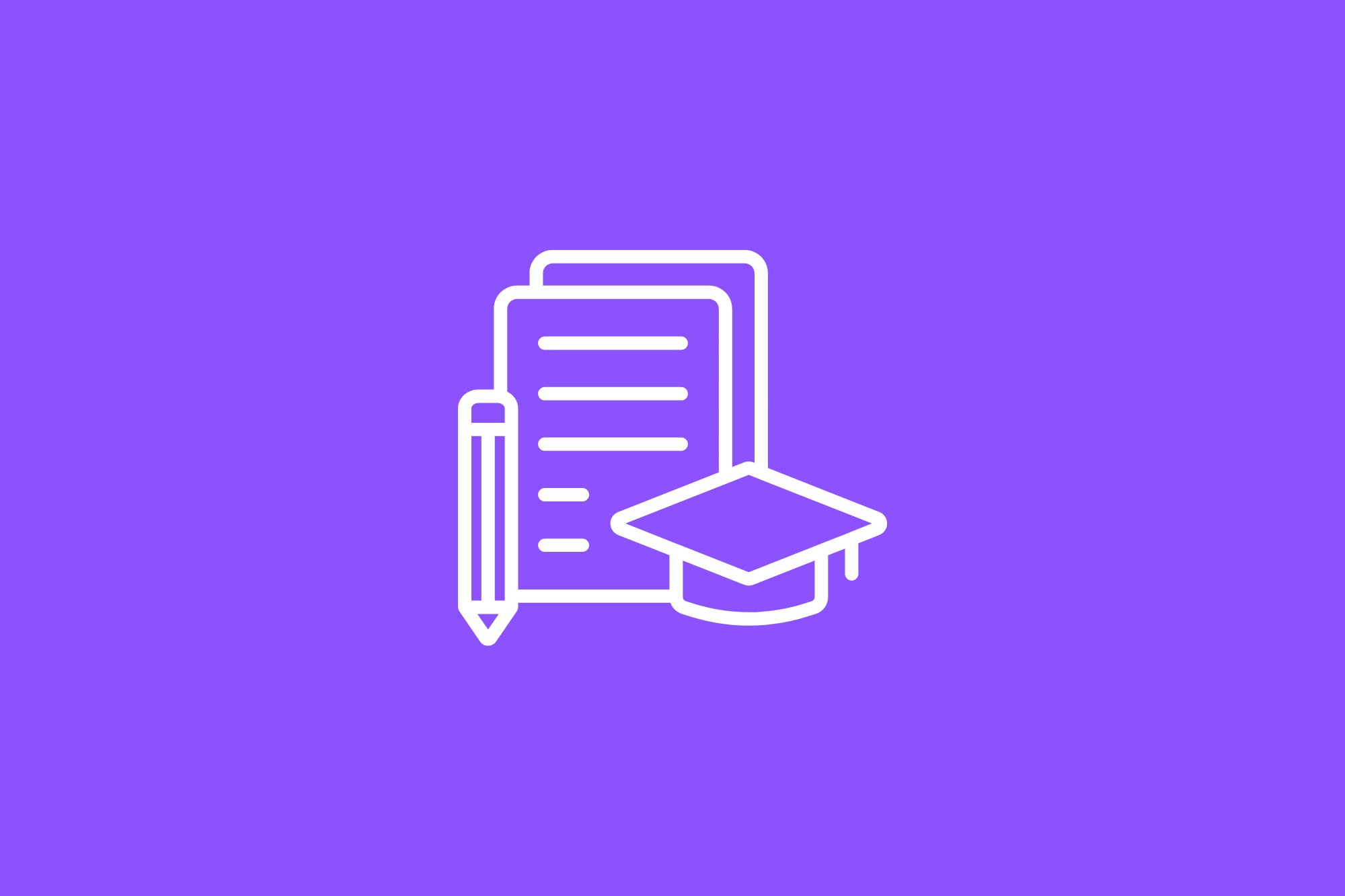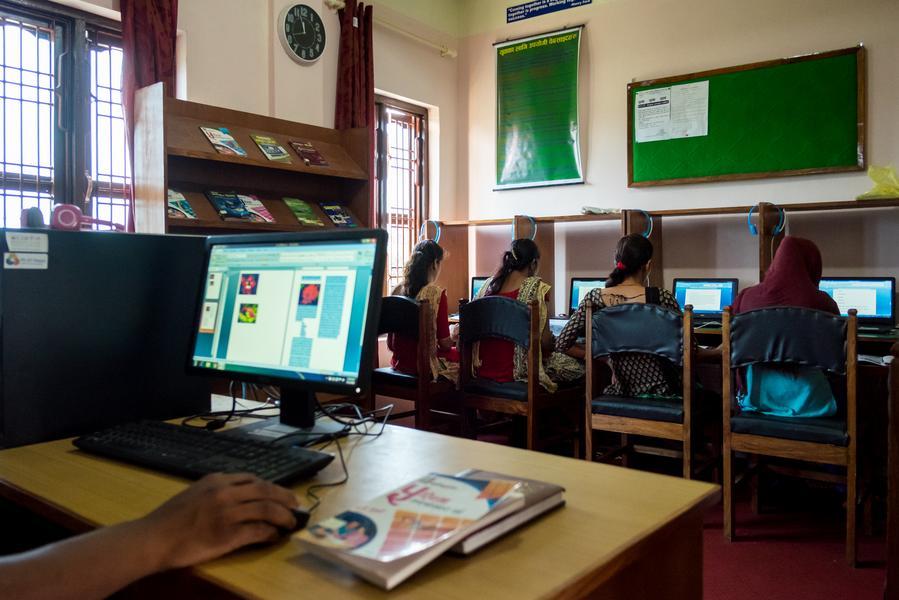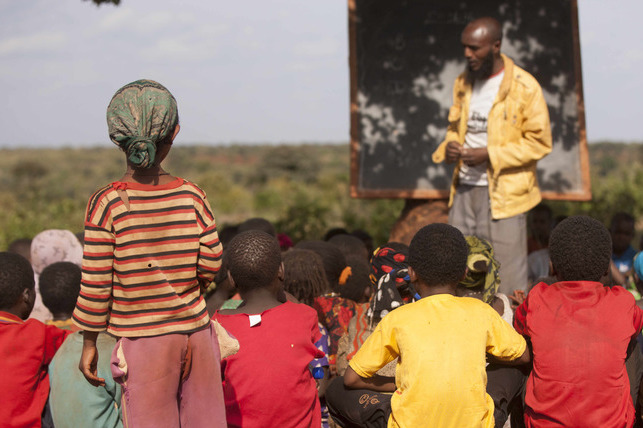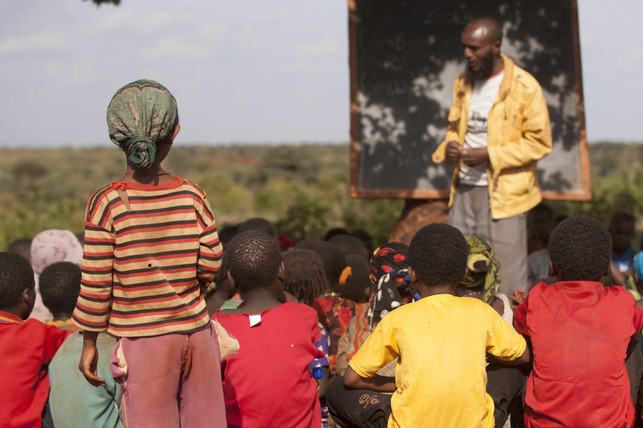Context
In response to the COVID-19 pandemic, the Ugandan government made the difficult decision to close all schools nationwide to curb the spread of the virus. However, recognizing the importance of education, especially during such challenging times, various distance learning initiatives were swiftly implemented. These initiatives aimed to ensure that students at both the primary and secondary levels could continue their studies from the safety of their homes. Educators endeavored to maintain continuity in the learning process through technology and alternative teaching methods despite the closure of physical classrooms.
Solution
The Ministry of Education and Sports (MoES), along with the National Council for Curriculum Development (NCDC) collaborated to create Home Learning Packs (HLPs) to facilitate education while schools remained closed. In 2020, a substantial quantity of 177,078 packs was produced, with 55,544 allocated to students residing in or near refugee camps. These packs were designed to provide educational resources and materials that students could easily access and utilize at home. The distribution of these packs aimed to ensure that learners, including those in marginalized communities such as refugees, had access to educational support despite the challenges posed by school closures
Impact
The lower unit costs of Home Learning Packs (HLPs) compared to textbooks led to the significant overachievement of the annual target. This cost-effectiveness allowed for the production and distribution of more HLPs than was initially anticipated. Consequently, more students were able to benefit from these educational resources, ensuring wider access to learning materials during the period of school closures.












